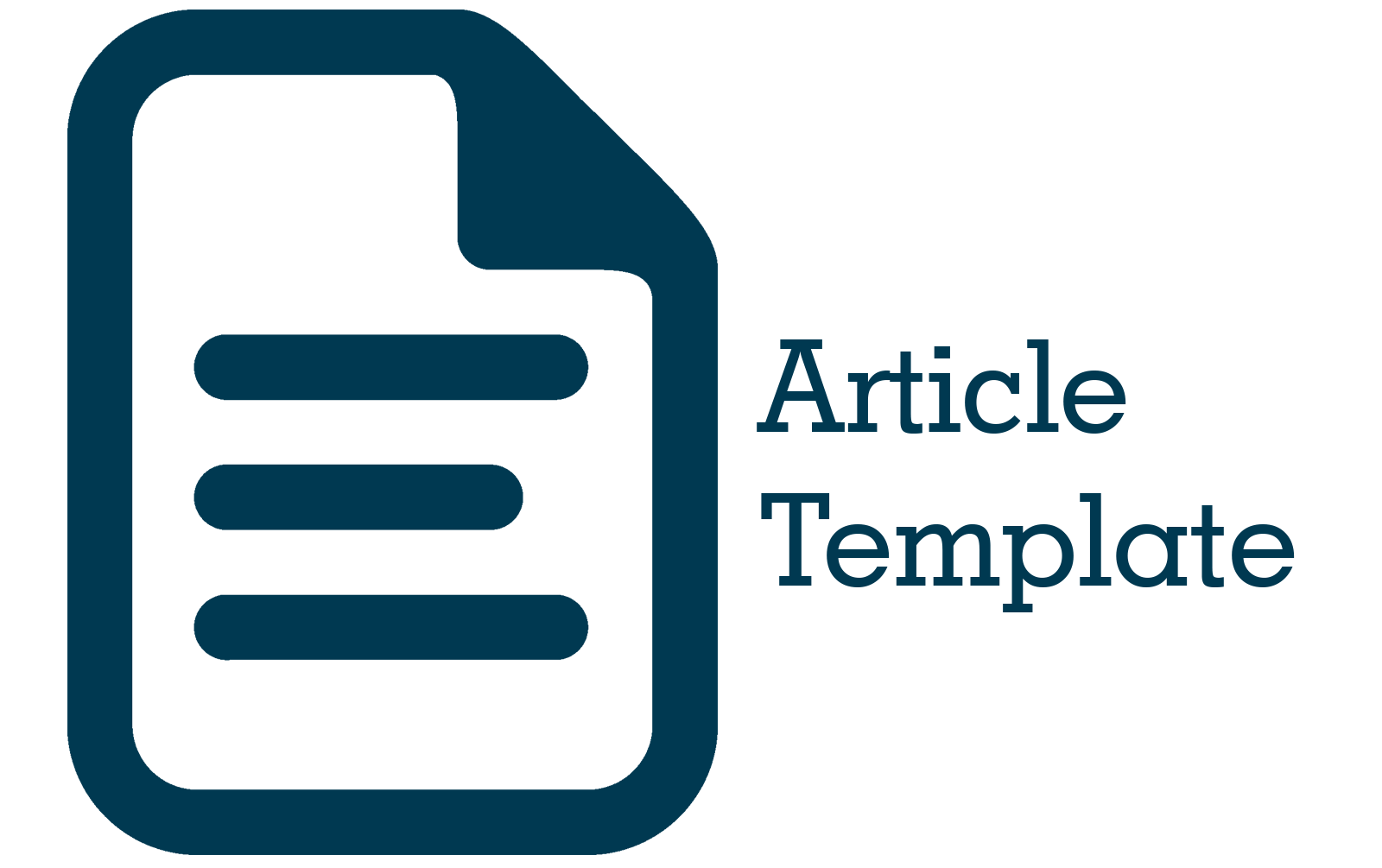Studi Bioinformatika Mutasi Genetik pada Gen Pengkode Protein Spike dari Virus Sars-Cov-2 di Indonesia
Abstract
Abstract. SARS-CoV-2 is a new type of virus that causes the current pandemic. Corona virus gene mutations have become popular since the discovery of SARS-CoV-2 variants in the UK (B.1.1.7), South Africa (B.1.351), India (B.1.617.1 and B.1.617.2). The purpose of this study was to analyze the genetic mutations of L452R and N501Y in SARS-CoV-2 virus isolates found in Indonesia to obtain an overview of their role in the ACE2 receptor binding site. The benefits of this research are expected to provide scientific information regarding genetic mutations of SARS-CoV-2 isolates that are useful for vaccine development and various other studies. A bioinformatic study that began with the search for the sequence of genes encoding the SARSCoV2 protein S that had mutations from Indonesian patient isolates on the Global Initiative on Sharing All Influenza Data (GISAID) page. Furthermore, the SARSCoV2 genome sequence that was first reported in Wuhan (Wuhan-1) was extracted from the National Center for Biotechnology Information (NCBI) page for comparison. The sequence of the gene encoding the protein S that had been obtained by GISAID was compared to the sequence of the gene encoding the protein S of the Wuhan-1 isolate using the Clustal Omega software. To compare the amino acid sequences of these isolates, the Coding Sequences (CDS) of protein S of the wuhan-1 isolate were translated into amino acid sequences using Skaminsky115. The nucleotide and amino acid sequences of protein S that have been obtained are then analyzed to map the position of RBD related to the mutation that occurs. The results of the study are genomic data that have been carried out by aligning the amino acid sequences of several Indonesian isolates and Wuhan-Hu-1 isolates. Then found mutations in the sequence of DNA bases and amino acid bases that are thought to be in the area around the RBD, namely in the order of (471, 472, 478, 480, 534).
Abstrak. SARS-CoV-2 merupakan jenis virus baru penyebab pandemi saat ini. Mutasi gen virus corona menjadi populer semenjak ditemukannya varian SARS-CoV-2 di Inggris (B.1.1.7), Afrika Selatan (B.1.351), India (B.1.617.1 dan B.1.617.2). Tujuan dari penelitian ini adalah menganalisis mutasi genetik L452R dan N501Y pada isolat virus SARS-CoV-2 yang ditemukan di Indonesia untuk mendapatkan gambaran terhadap perannya pada daerah pengikatan reseptor ACE2. Manfaat penelitian ini diharapkan dapat memberikan informasi ilmiah mengenai mutasi genetik isolat SARS-CoV-2 yang berguna untuk pengembangan vaksin dan berbagai penelitian lainnya. Studi bioinformatik yang diawali dengan pencarian urutan gen pengkode protein S SARSCoV2 yang mengalami mutasi dari isolat pasien Indonesia pada laman Global Initiative on Sharing All Influenza Data (GISAID). Selanjutnya urutan genom SARSCoV2 yang dilaporkan pertama kali di Wuhan (Wuhan-1) diekstrak dari laman National Center for Biotechnology Information (NCBI) untuk dijadikan pembanding. Urutan gen pengkode protein S yang telah diperoleh dr GISAID dibandingkan terhadap urutan gen pengkode protein S isolat Wuhan-1 menggunakan perangkat lunak Clustal Omega. Untuk membandingkan urutan asam amino isolat-isolat tersebut, Coding Sequens (CDS) protein S isolat wuhan-1 diterjemahkan menjadi urutan asam amino menggunakan Skaminsky115. Urutan nukleotida dan asam amino protein S yang telah diperoleh kemudian dianalisis untuk memetakan posisi RBD berkaitan dengan mutasi yg terjadi. Hasil penelitian berupa data genomik yang telah dilakukan penyejajaran urutan asam amino dari beberapa isolat Indonesia dan isolat Wuhan-Hu-1. Kemudian ditemukan mutasi pada urutan basa DNA dan basa asam amino yang diduga berada pada daerah sekitar RBD yaitu pada urutan ke-(471, 472, 478, 480, 534).












